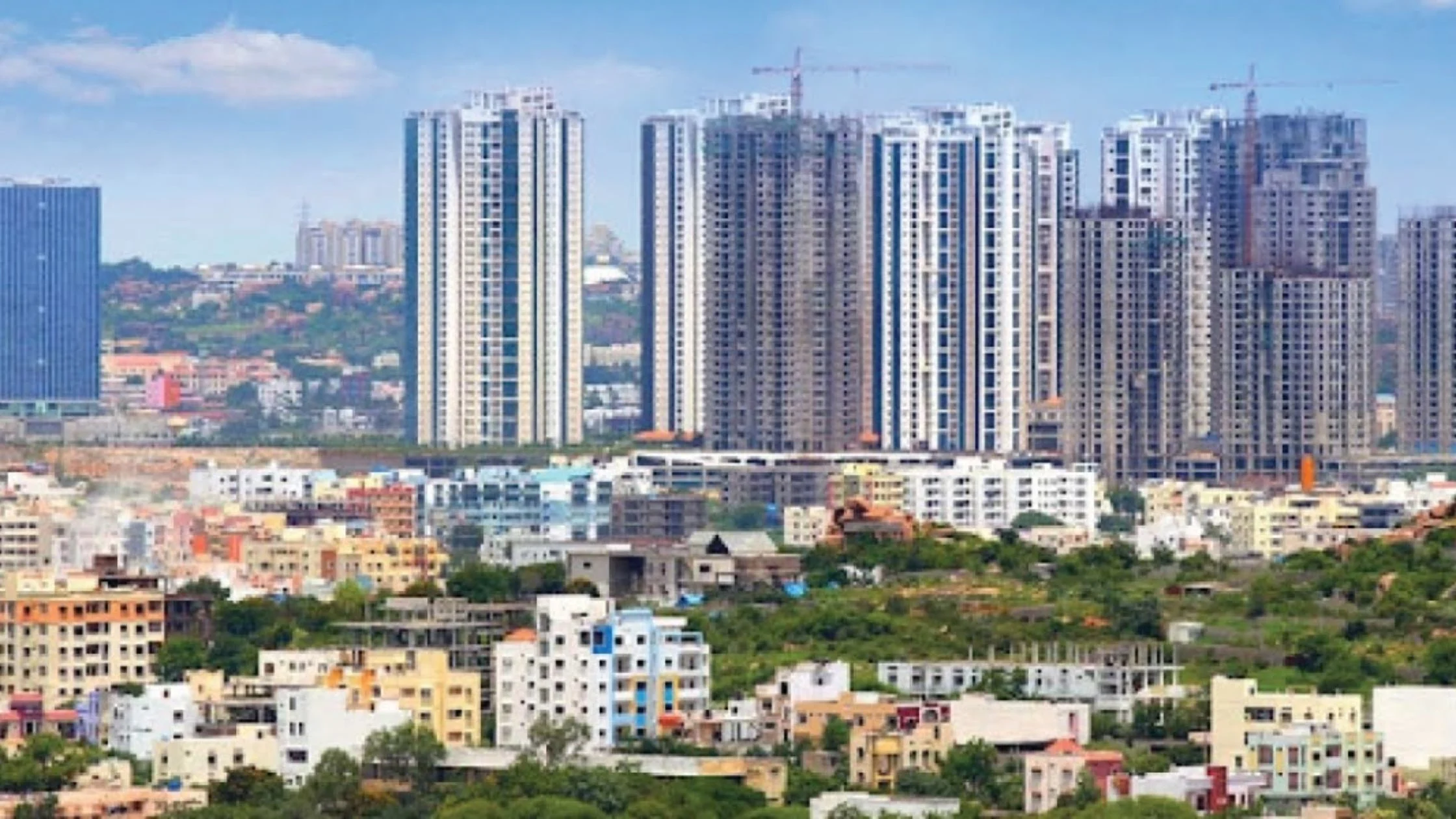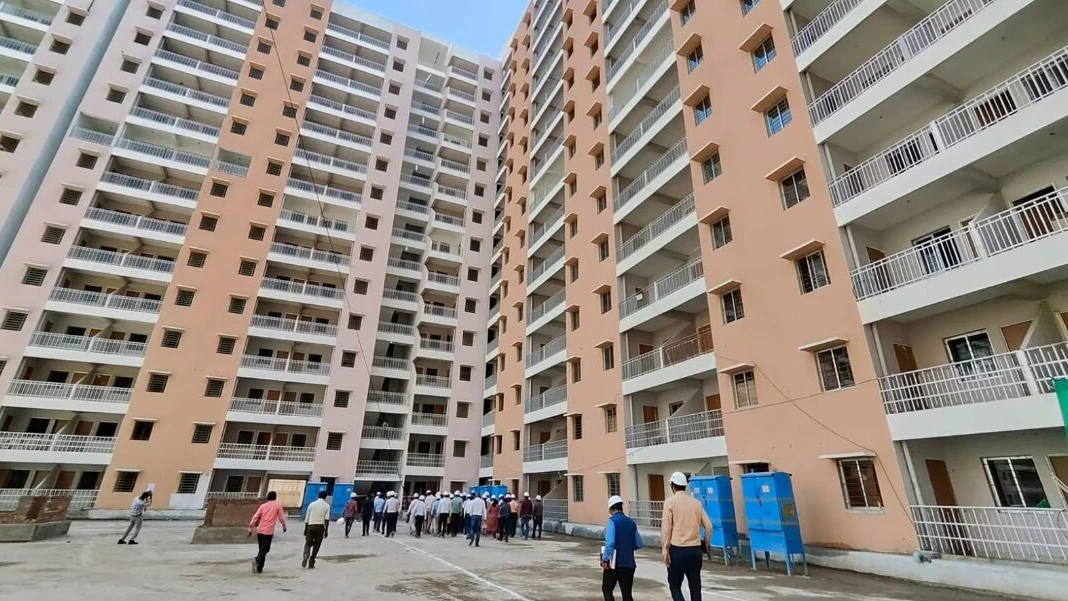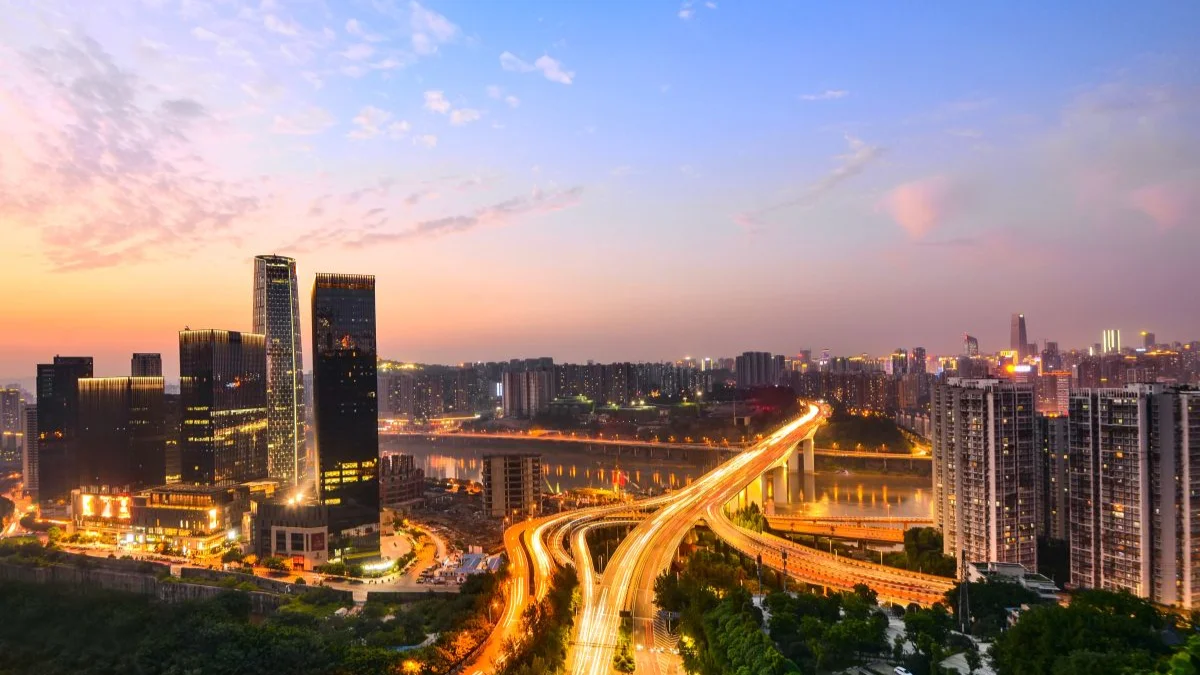Table of Content
The Indian real estate sector has become a target for equity capital, receiving an impressive $26.7 billion in investments from 2022 to 2024. This highlights the recovery and continued attractiveness of the sector. Mumbai is still the most attractive city for investment.
According to a report, Bricks & Billions - Mapping the Financing Landscape of Real Estate, published by the Confederation of Indian Industry (CII) and CBRE, there are considerable factors driving investment in Indian real estate, but it also lists different strategic sources of investment and overall growth in financing and equity investment in real estate and construction in India.
Mumbai Tops the Chart in Equity Investments
Mumbai, as the financial capital of India, had inflows of $6.9 billion during this timeframe, accounting for almost 26% of the equity investments in real estate. It is important to note that Mumbai's success is based on:
- Investment-Grade Projects: Mumbai has a plethora of world-class projects that institutional investors are looking to invest in.
- Infrastructure: With its world-class infrastructure and connectivity, Mumbai is the preferred choice for real estate investment.
- Asset Class Options: Mumbai's market has invested in demand across residential, commercial, and industrial real estate.
Delhi-NCR and Bengaluru trailed Mumbai with a combined investment of $16.5 billion; together they represented 62% of the total equity inflows for the three years.
Also Read: Sand Prices Increase in Tamil Nadu: Impact on the Construction Sector
Key Trends in Real Estate Equity Investments
This report indicates several important trends influencing the sector:
1. Land Development Sites Attracted the Most Dollars
Land and development sites had the largest share of equity inflows, at 44% of the total $26.7 billion, indicating a shift towards a longer-term value and more future-ready projects with greenfield developments.
2. Built-up Office Assets are Still Favored
Office assets had 32% of total investments, which hints at their importance to our country's real estate growth. The industry's demand for built-up office assets indicates positive trends in corporate occupancies which in turn boost investors confidence.
3. Tier-II region growth
Tier-II cities have seen some impressive growth in money invested, at nearly $3 billion or 10% of the total inflows. Tier-II cities are gaining traction due to:
- Industrialisation at a rapid pace;
- Improved infrastructure; and
- Increasing consumption.
Land development (47% share) and industrials & logistics (I&L) (25% share) were the biggest contributors to investment in tier-II markets.
Factors Driving Equity Inflows in Real Estate
India’s real estate sector is undergoing transformative growth due to several key factors:
- Institutionalisation of the Sector: The growing alignment with global investor expectations, including enhanced transparency and compliance, is fostering a risk-mitigated environment.
- Robust Urban Infrastructure: Cities like Mumbai, Delhi-NCR, and Bengaluru continue to attract investments due to their advanced infrastructure and skilled workforce.
- Structural Reforms: Government initiatives and reforms have streamlined processes, making the real estate sector more accessible and attractive to investors.
Expert Insights on Real Estate Growth
As Anshuman Magazine, Chairman and CEO - India, South-East Asia, Middle East & Africa, CBRE, stated, "India's real estate sector is on the cusp of a new growth cycle driven my strong capital inflows and large amounts of dry powder ready to be deployed. Strong investor sentiment is supported by strong fundamentals and stable end-user demand.”
Notably, Rishi Kumar Bagla, Chairman, CII Western Region, stated, "The institutionalisaton of real estate in India has fostered a transparent environment in India which is aligned to global standards, further improving investor confidence."
Also Read: YEIDA Residential Plots Near Noida Airport: Prices, Sizes, and Key Details
Conclusion
The guaranteed investment from equity investments of $26.7 billion over three years in the real estate industry emphasizes its importance to the economy in India. While Mumbai will continue to attract investors, the tier II cities are becoming attractive alternatives that will further development in the real estate sector.
As India undertakes significant structural reforms and advances compliance mechanisms, India is expected to continue to be the desired investment destination for both domestic and global investors. In addition, an ever-formalising (rapidly formalising) ecosystem will continue this momentum of expansion in the sector.
Follow AquireAcers Whatsapp Channel to Stay Updated With The Latest Real Estate News








_1766133697.webp)
Ans 1. The Indian real estate sector received $26.7 billion in equity investments during this period.
Ans 2. Mumbai topped the chart, attracting $6.9 billion, accounting for 26% of the total equity inflows.
Ans 3. Investment-grade projects World-class infrastructure and connectivity Diverse asset class options in residential, commercial, and industrial real estate
Ans 4. Delhi-NCR and Bengaluru received a combined investment of $16.5 billion, representing 62% of total inflows.
Ans 5. Land and development sites garnered 44% of the total equity inflows, showcasing a preference for future-ready projects and greenfield developments.
Ans 6. Tier-II cities attracted nearly $3 billion, or 10% of total inflows. Factors driving their growth include rapid industrialization, improved infrastructure, and rising consumption.
Ans 7. Built-up office assets accounted for 32% of the total investments, indicating strong demand for corporate occupancies.
Ans 8. These cities are gaining traction due to investments in land development, industrial, and logistics sectors, supported by enhanced infrastructure and industrialization.